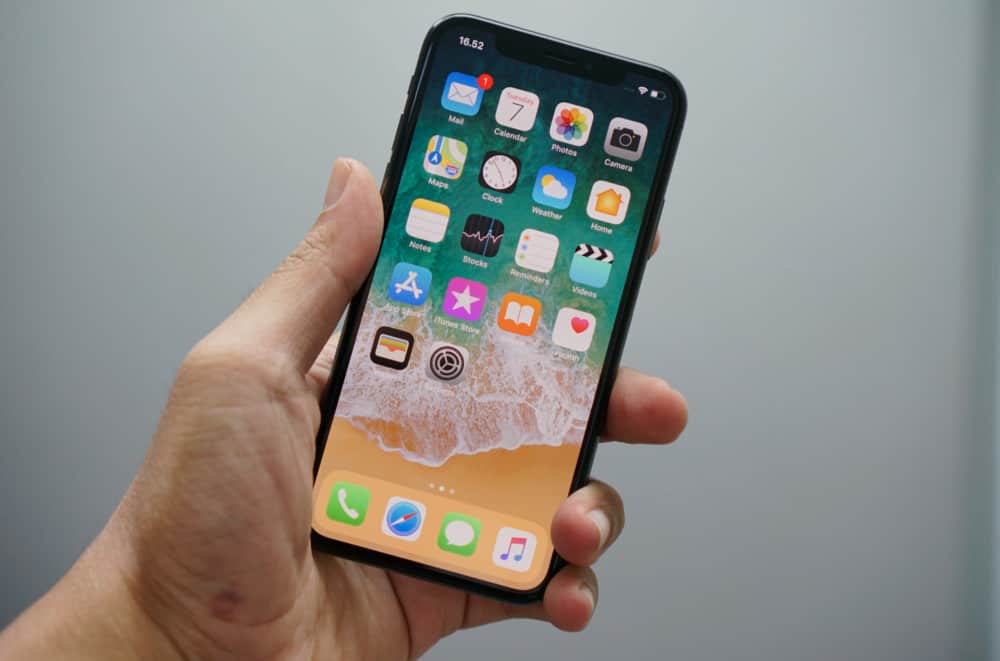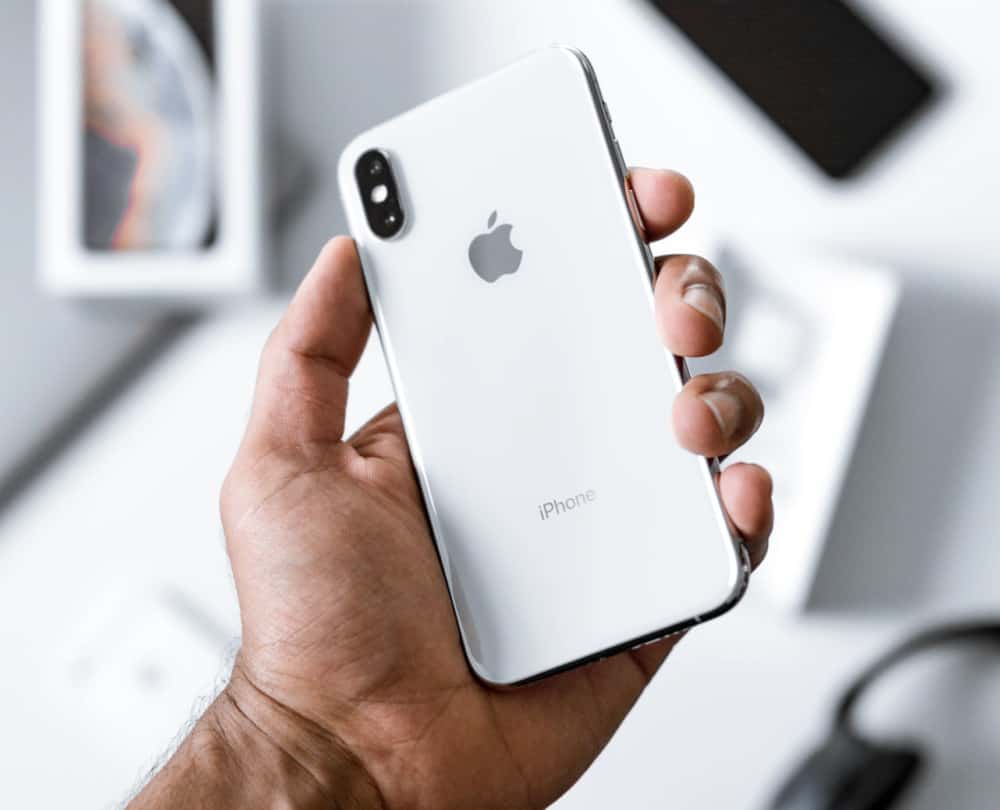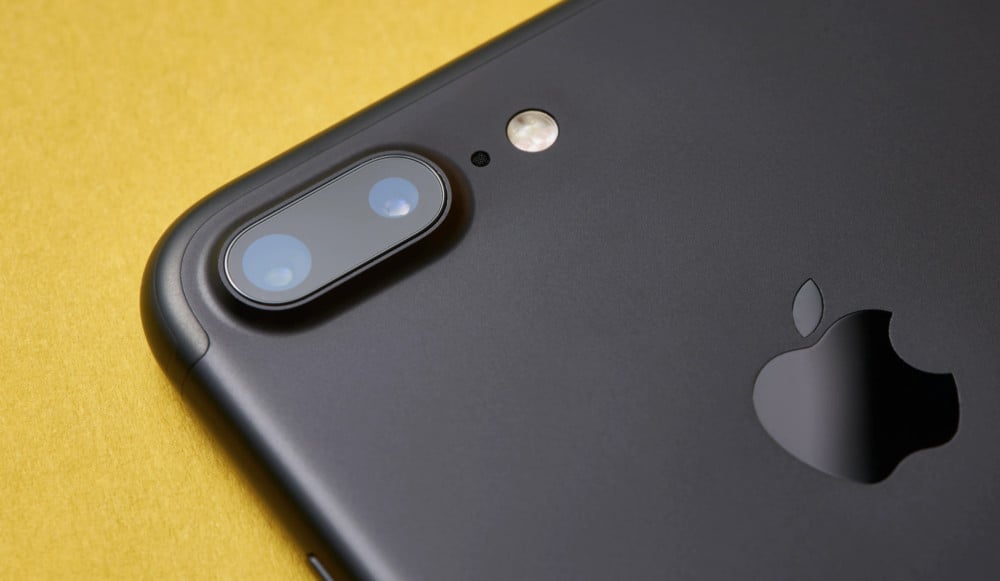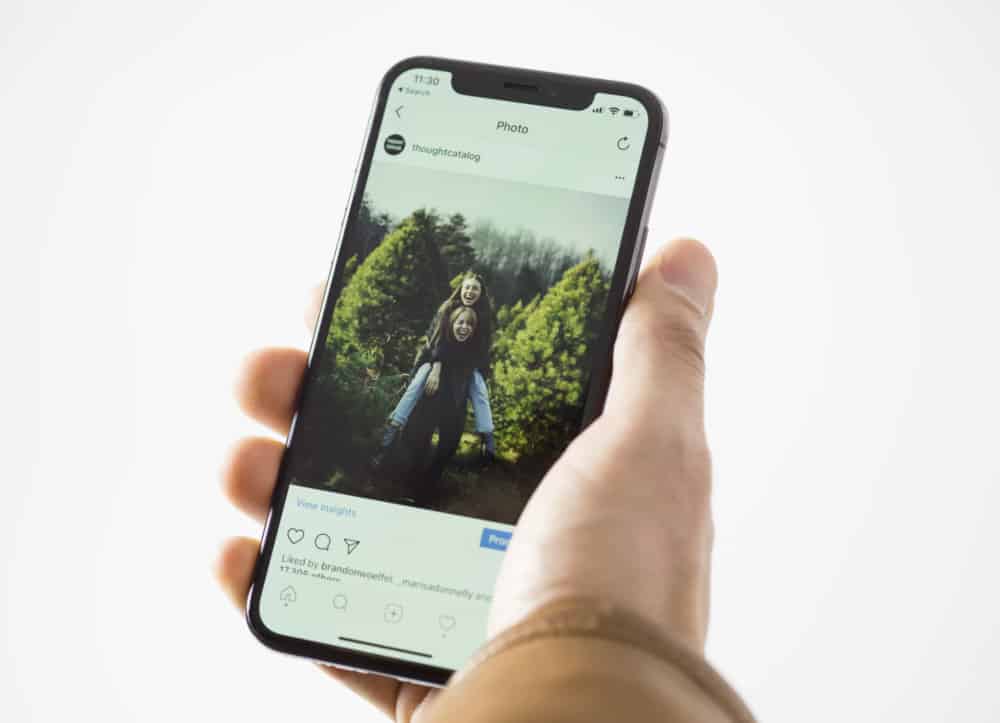There are many ways to buy a phone. You can buy outright, on contract, or you can pick up a reconditioned phone and save yourself A LOT of cash. In this guide, we’ll detail everything you need to know about reconditioned phones…
Reconditioned Phone Meaning: A Simple Definition
How does a phone become a reconditioned phone? In the vast majority of cases, a reconditioned phone is a phone that has been returned to a phone network if the user, during their 30-day cooling-off period, decided they didn’t want it.
Another route to becoming a reconditioned phone? If the phone is faulty, a retailer or network will return it to the manufacturer, say, Apple, for instance. Apple will then fix the phone and then sell the phone onto a reconditioned phone specialist to sell on to its customers as a reconditioned phone.
All reconditioned phones go through a raft of tests and assessments before they’re resold, however, so do not think of them as knock-offs or faulty products – this simply is not the case.
Many reconditioned phone sellers have detailed, 30-point testing criteria that a phone must pass before it is allowed to be resold. Once the phone has passed these tests, and it works as good as new, it can be resold. If there are any issues, the phone will be returned to the manufacturer to be fixed.
And the process starts from the beginning: the phone is retested, checked, and if it passes it can then be resold.
What Does The Testing Process Involve?
- The phone must be wiped of all data
- Assessment of physical condition
- Makes sure all internal components are functional
- Checks for cracks or issues with the display
- Assessment of battery function
Reconditioned Phones vs New Phones – What’s The Difference?
A new phone is brand new. When you buy a new phone, you’re the first person to use that phone. No one else, save for the people (or robots) in the factory where it was produced and boxed, will have touched or interacted with the device.
The phone, in most cases, will be free of issues. It will look pristine, free from bumps, cracks, and any surface damage. If it’s not, you need to return the phone for a new model.
A reconditioned phone is similar to a new phone, with respect to functionality, as it should work seamlessly. You should not experience any issues with the phone’s internal components and/or software.

Your reconditioned phone might have a few cosmetic issues, a small dink, or dent somewhere, for instance, but the overall functionality of the handset should be indistinguishable from a new phone.
If you want a reconditioned phone that looks as good as a new phone, you will have to go with a higher graded reconditioned phone (more on this in a bit). If you go with a lower graded reconditioned phone, these ones are cheaper, then you can expect some surface issues – small dents, hairline cracks.
It is entirely up to you, however, and you have the choice of what “grade” reconditioned phone you want before you buy. If you want a phone that looks and functions as good as a new phone, you’ll need a higher grade reconditioned phone and these, obviously, cost more.
The upshot of paying a little more, however, is that you get a phone that essentially looks brand new – and you’ll get it for WAY less than buying the phone new; usually around 40% less. This is the #1 reason people buy reconditioned tech.
Reconditioned Phones: PROS and CONS
Should you buy a reconditioned phone? As times become tougher, and job security decreases around the world, more and more people are looking to become savvier with their tech purchases.
Buying a reconditioned phone, even older reconditioned phones like the iPhone X and iPhone 8 Plus, makes a lot of sense.
Apple will support these phones for years to come with software updates, so as long as you don’t NEED to be running the latest iPhone (spoiler: you really don’t need to), you can and will save a ton of money on your next upgrade.

Android is slightly different. If you bought an older Samsung Galaxy phone, say, the Galaxy S9, you’d be stuck on an older version of Android. You won’t get Android 10 and you definitely won’t get Android 11.
For this reason, we’d advise anyone going the reconditioned phone route to get themselves an iPhone. Apple’s support, even on its older models, is vastly superior to Android. Case in point? The original iPhone SE, released in 2015, just got updated to iOS 14.
So if you bought a reconditioned iPhone 8 Plus today, you’d still be getting iOS updates in 3-4 years time. You cannot say the same for Android phones, even if you buy your Android phones new.
Things to keep in mind when buying a reconditioned phone:
- You will not get the official box; all reconditioned phones come in basic white boxes with a charger (usually a cheap Amazon one)
- Most big reconditioned phone retailers offer 12-month warranties
- You probably won’t get bundled headphones, even if the phone originally shipped with a pair of headphones
- You will save, on average, anywhere from 40% to 50%
Where To Buy Reconditioned Phones – UK and USA
There is a range of specialized reconditioned phone retailers in both the USA and the UK, as well as Europe.
You can see our #1 picks inside the following guide: the best place to buy reconditioned phones.
With reconditioned phone retailers, you want to look at things like price, warranties, and the general condition of the phones.
If you don’t want to do all that research, we’ve done all the hard work for you inside our Guide To Buying Reconditioned Phones.
The guide only includes retailers we know, use, and trust. It also has options for both UK and USA readers, so everybody is covered.
How Much Cheaper Are Reconditioned Phones?
Headline figures for overall savings are claimed to be around 40% to 50%. But savings of this size depend on a few factors, namely the age and condition of the phone.
With iPhones, an iPhone 7 Plus is always going to be cheaper than an iPhone 8 Plus or an iPhone X. If you want to save the most money, your best bet is to buy a few generations old – so, the iPhone 8 Plus or the iPhone X (if you’re looking to buy today).

However, if you’re reading this guide in 2021, the iPhone XR and iPhone XS are now also viable options, having been replaced by the iPhone 11 and iPhone 12 range. Because both of these phones are now older, they’re a lot cheaper than they currently are.
This is why it pays to be smart when shopping for a reconditioned phone. If you use your head, and follow our research, you can pick yourself up a great phone for hardly any cash, and then, in a couple of years time, sell it online, and use the cash to buy a newer reconditioned phone like the iPhone 11, iPhone XR, or even the iPhone 11 Pro.
Do Reconditioned Phones Come With A Warranty?
Yes, all the places we recommenced inside our Best Place To Buy Reconditioned Phones Guide offer warranties – up to 12 months. In the UK, all the major phone networks – like Three and EE – offer up to 12 months warranty as well.
This is the #1 reason why you should go with a reconditioned phone over a used phone. With a reconditioned phone, you get the same level of cover and protection as you do from a new phone. Only with a reconditioned phone, you’re paying well below market value.
Used vs Reconditioned Phone: What’s The Best Option?
If you buy a reconditioned phone from a reputable retailer or network, you know exactly what you’re getting – a great phone at a great place that has been checked and assessed before sale. It will work just as good as a new phone, basically.
With a “used phone”, you’re kind of operating in a grey area. Used phones are not the same as reconditioned phones because used phones DO NOT get checked before resale. They could be faulty, they might have issues, and you have no way of knowing until you power it up.
You also do not get warranties on used phones sold by private individuals on places like Facebook Market Place, CraigsList, and eBay. You’re dealing with an individual, not a business, so if something goes wrong you don’t really have any comeback.
You can return the phone, if it is faulty, as per eBay’s returns policy, and the seller will have to refund you the money. But, again, this takes times. You’ll have to fill out claims, deal with eBay, and then, after a week or two, get your money back.
And who wants to do that? You’re infinitely better off just going with a reconditioned phone. It’ll cost the same, you’ll be dealing with an actual company with an actual returns policy and warranty plan, and, if something should go wrong, you can simply return and/or replace the phone.
The Different “Grades” of Reconditioned Phones Explained
Different retailers use different grading systems for their reconditioned phones. Some use letter-based grading (A to D, with A being the best), while others use phrase-based ratings (Perfect, Almost Fine, Perfectly Fine).
The common theme here is simple: you can buy reconditioned phones in different ranges of conditions. A Grade A or Perfect reconditioned phone will be in pristine condition, meaning it looks as good as new.

A Grade C or “OK” graded reconditioned phone might have some surface blemishes or dinks. The phone itself will still work fine, it’ll just have a few cosmetic issues that, in most cases, are only visible after close scrutiny.
The higher the grade, and the better the condition of the reconditioned phone, the higher the price. For this reason, you need to find your own sweet spot. Me personally? I like to go with the highest grade possible, but I’ll always go for a slightly older model.
That way I get a perfect-looking phone for a great price. I’d rather have a flawless iPhone X that functions perfectly, than a dinged-up iPhone 11 that costs more any day of the week!
Now you know what to look for, check out our guide on The Best Places To Buy Refurbished Phones (Updated For 2020)…

